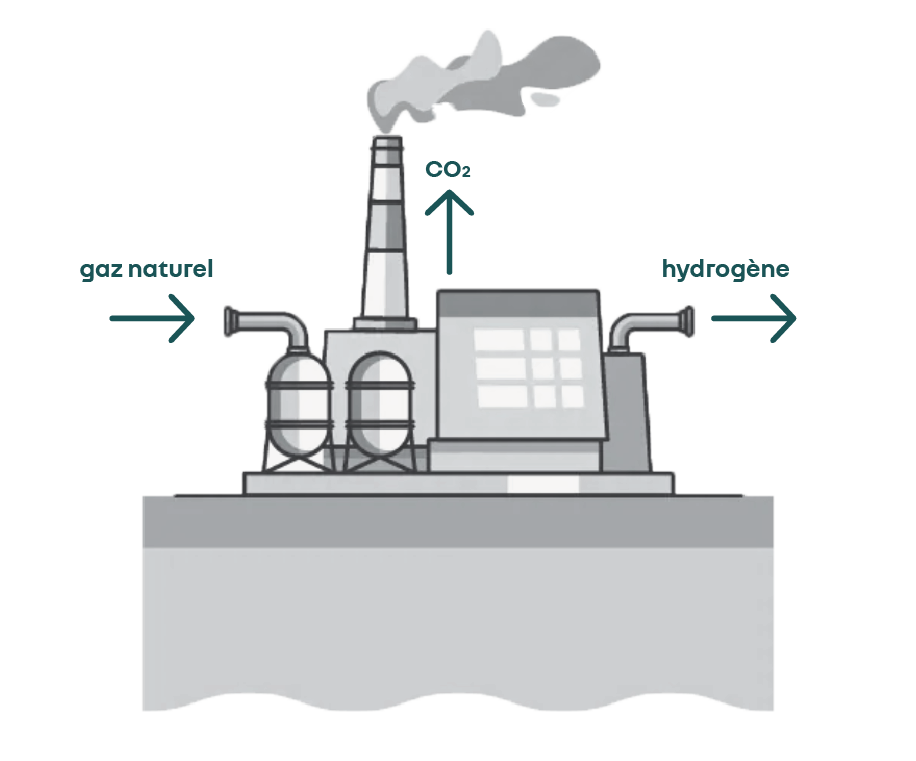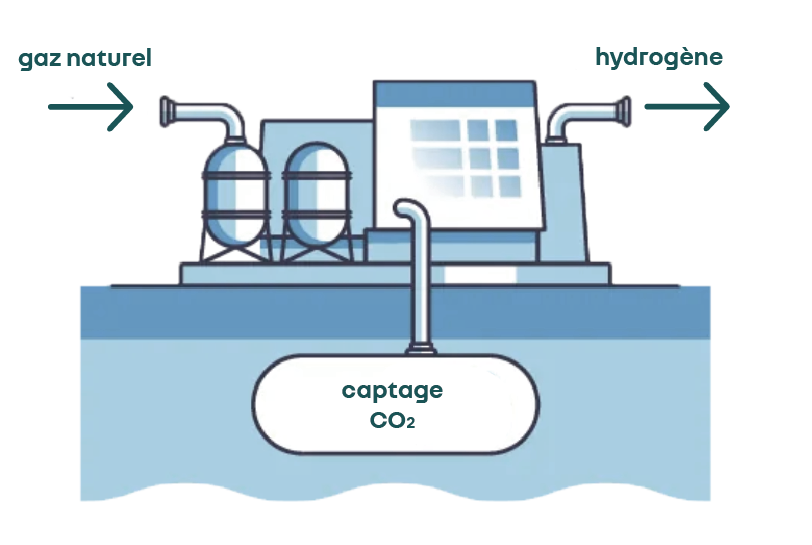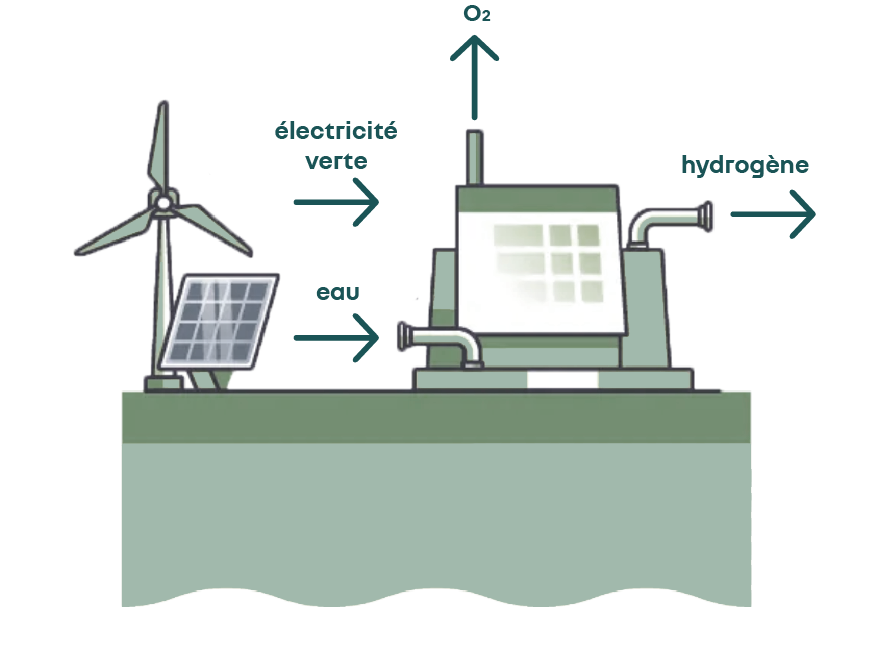An odorless, colorless gas
The lightest chemical element
of the Universe, present in
abundance
Higher energy density (in mass) than fossil fuels
A fuel used for rockets because of its high energy content
“I believe that water will one day be employed as a fuel, that thehydrogen andoxygen which constitute it, used singly or together, will provide an inexhaustible source of heat and light, of an intensity of which coal is not capable. “
At present, hydrogen is mainly used in refining and in the production of ammonia and nitrogen fertilizers.
Its uses are set to expand considerably over the coming decades.
Exports
Electricity network
Transport
Chemical raw materials

Source: Hydrogen Task Force (updated November 2023)
countries have adopted a
forhydrogen
of the world’s population
Of global GDP
of CO2 emissions
At present, the hydrogen consumed worldwide is a “manufactured” product, derived from industrial processes that emit high levels of CO2 (gray and blue hydrogen) or are very costly (green hydrogen).
Hydrogen production therefore has a cost: both economic and environmental.

for 1kg of H2

for 1kg of H2

for 1kg of H2
The emergence of native hydrogen will change all that, as it is naturally generated underground. It therefore requires no costly and/or CO2-emitting industrial manufacturing process.